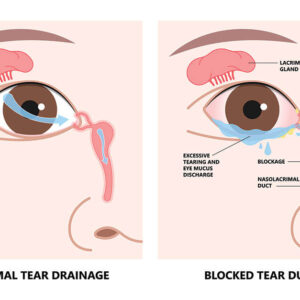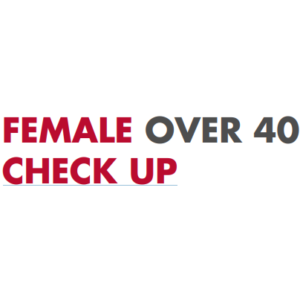Description
Peripheral nerve surgery focuses on repairing or improving the function of peripheral nerves. These nerves branch out from the brain and spinal cord, innervating muscles, transmitting sensory information, and controlling various bodily functions. Damage to peripheral nerves can lead to weakness, pain, numbness, and other debilitating symptoms.
Familiarity with Treatment:
Peripheral nerve surgery encompasses a variety of procedures tailored to address the specific type and severity of nerve damage. Here are some common approaches:
- Microsurgical repair: Suturing severed nerves using specialized techniques and magnification for optimal precision.
- Nerve decompression: Relieving pressure on a nerve caused by scar tissue, inflamed muscles, or tumors.
- Nerve grafting: Bridging a nerve gap with a healthy nerve segment from another part of the body to promote regeneration.
- Neurolysis: Freeing a nerve from surrounding scar tissue to improve its function.
- Nerve transfer: Transferring a healthy nerve to take over the function of a damaged nerve.
- Implantation of nerve stimulation devices: In some cases, electrical stimulation can help promote nerve regeneration or manage chronic pain.
Who is it Suitable for?
Peripheral nerve surgery can benefit individuals with various conditions affecting peripheral nerves. Here are some examples:
- Traumatic nerve injuries: Caused by accidents, falls, or lacerations.
- Compression neuropathies: Conditions like carpal tunnel syndrome where a nerve is compressed by surrounding tissues.
- Neuroma surgery: Removing painful neuromas (abnormal growths) that develop at the site of a damaged nerve.
- Brachial plexus injuries: Birth injuries or trauma affecting the nerves that supply the shoulder, arm, and hand.
- Tarsal tunnel syndrome: Compression of a nerve in the ankle causing foot pain and numbness.
- Failed nerve blocks: When non-surgical interventions like nerve blocks haven’t provided adequate pain relief.
Who is it Not Suitable for?
Peripheral nerve surgery may not be suitable for everyone. Here are some reasons why:
- Severe medical conditions: Preexisting health problems that increase surgical risk.
- Extensive nerve damage: In cases of severe nerve damage, regeneration might not be possible.
- Unrealistic expectations: Recovery from nerve surgery can be slow and incomplete, and managing expectations is crucial.
Advantages:
- Improved function: Surgery can restore movement, sensation, and other nerve-dependent functions.
- Pain relief: Addressing nerve compression or neuromas can significantly reduce chronic pain.
- Improved quality of life: Regaining function and managing pain can lead to a significant improvement in daily activities and overall well-being.
Complications:
- Infection: As with any surgery, there’s a risk of infection at the surgical site.
- Bleeding: Bleeding can occur during surgery, although uncommon.
- Neuroma recurrence: Painful neuromas may recur in some cases.
- Incomplete recovery: Regeneration of nerve function can be slow and incomplete, depending on the severity of the damage.
- Chronic pain: Surgery may not completely alleviate chronic pain in all cases.
Previous Care:
A thorough evaluation precedes surgery to determine the cause and extent of nerve damage. This may involve:
- Physical examination: To assess muscle strength, sensation, and reflexes.
- Imaging tests (MRI, CT scan): To visualize the nerves and surrounding structures.
- Electrodiagnostic studies (EMG/NCV): To assess the electrical function of nerves and muscles.
Postoperative Care:
The recovery time varies depending on the procedure and the extent of nerve damage. Immobilization with splinting or bracing might be needed to protect the surgical site and promote healing. Physical therapy is often crucial to regain muscle strength, improve coordination, and re-educate nerves. Pain management strategies are essential during recovery.
Additional Points:
- Peripheral nerve surgery is a delicate skill requiring expertise in microsurgery. Choosing a qualified and experienced surgeon is crucial.
- The success of surgery depends on the severity and cause of nerve damage. Early intervention often leads to better outcomes.
- Rehabilitation plays a vital role in recovery, and a strong commitment to physical therapy is essential.
Further Resources:
- American Association of Neurological Surgeons https://www.aans.org/
- The American Society for Peripheral Nerve Surgery https://www.aspn.org/
- National Institute of Neurological Disorders and Stroke https://www.ninds.nih.gov/





Reviews
There are no reviews yet.